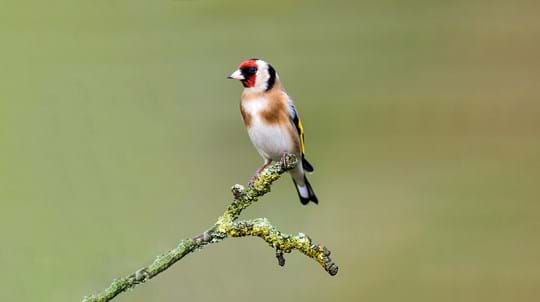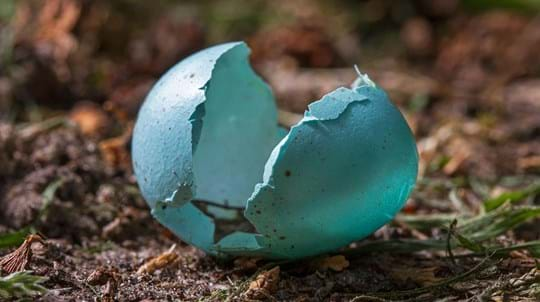
Credit: Keith J Smith / Alamy Stock Photo
What do bullfinches eat?
Bullfinch diet changes throughout the year. Buds, shoots and flowers are important in spring, while seeds are taken more often in summer and winter. Invertebrates will also be caught to feed chicks in the nest.










